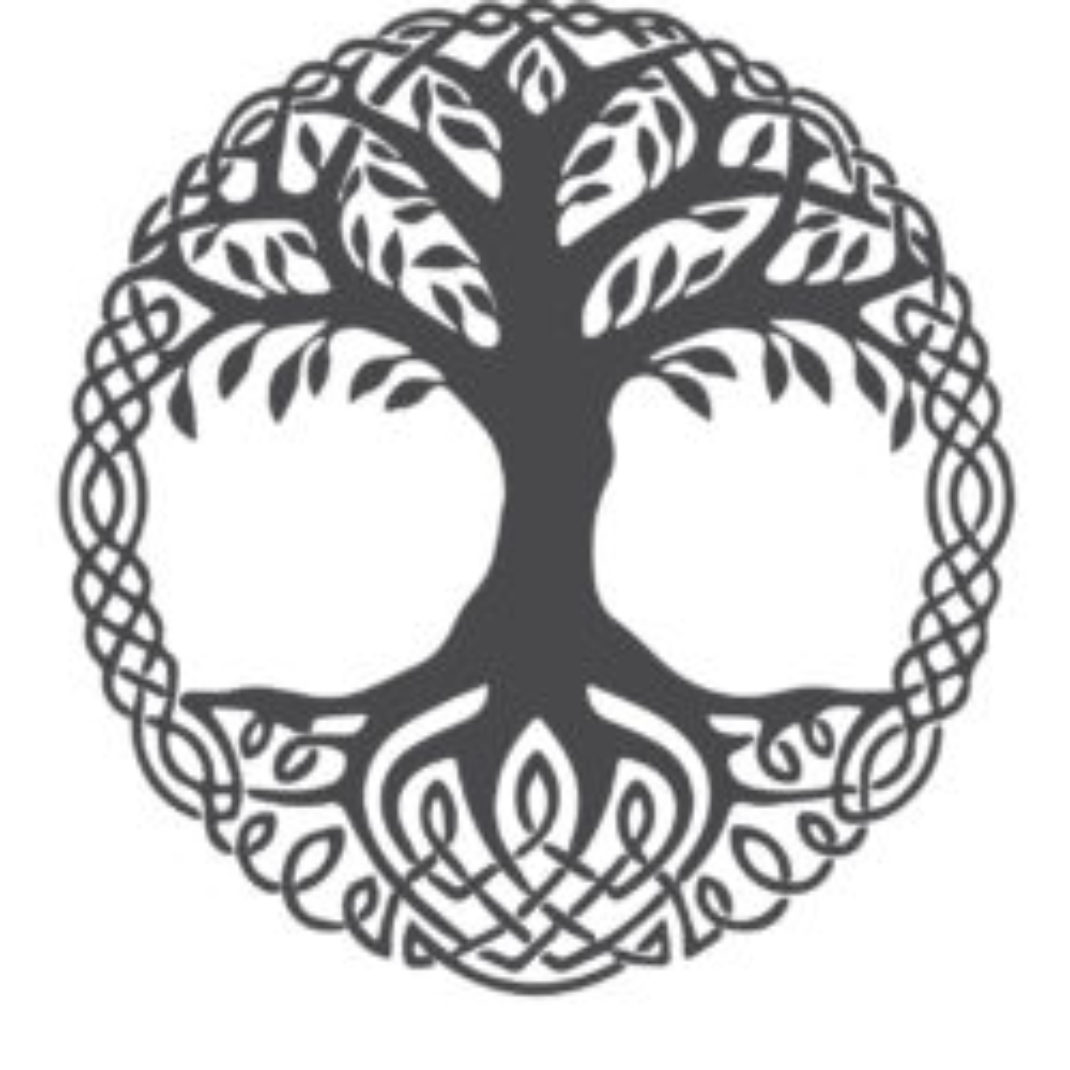A Very Abridged History of Myotherapy
Index
- What does Myotherapy mean?
- What is Functional Medicine?
- Why structural medicine only holds some of the answers
- Why isn’t functional medicine taught in University?
- Myotherapy’s techniques
- Myotherapy as practiced by Craig Berry
More reading
The history of Myotherapy is one of claim and counter claim as to who is credited with coming up with the name. Most claims seem to disregard that the term has been used since relatively ancient times. Around 1986, the term, “myotherapy” was used in common parlance to describe a number of courses offered at the time. RMIT is arguably the best known of the tertiary institutions offering early Myotherapy courses as an advanced diploma, but is by no means the only one.
What does Myotherapy mean?
Myotherapy is an umbrella, or blanket term, including and incorporating a wide range of technique styles (modalities) relatively common to most academically oriented, non-manipulative body workers. Myotherapy’s original charter was to introduce functional medicine into what is a structurally dominated field. Myo means muscle, and therapy is therapy. Myotherapy is the application of understanding and techniques aimed at improving the function of the muscular network of the body.
Whilst not strictly limited to the muscular system, Myotherapists routinely regard soft and medium connective tissue (muscles, tendons, ligaments etc) as their arena.
What is Functional Medicine?
Simply put, functional medicine uses the client themselves as the benchmark of ‘normal’ and works to achieve balance in the body’s tissues and systems by removing movement limitations which would otherwise trigger imbalance. The classic question a functional therapist will challenge a situation with is, “why is this happening?”.
An illustration often used in my clinic is of a snow bound village being hit by an avalanche. Think of the destruction at the bottom of the valley as the symptoms with which the client presents. Functional medicine challenges the therapist to detect and eliminate the trouble maker with the snow ball at the top of the hill and stop the cascade from occurring in the first place.
Whilst over-simplistic and abstract, this illustration is also quite correct in many cases. Often an essentially unfelt movement restriction in a tissue far removed from the symptoms is a trigger which leads to compensation, adaptation and eventual dysfunction is areas far removed from the original trigger.
Why structural medicine only holds some of the answers
Structural medicine suggests that if the shoulder hurts, has a reduced range of motion and does not meet the ‘book’s’ definitions of what a should should be able to do, then it is the shoulder that requires treatment and correction. This is a classically reductionist point of view which is necessary in the learning of the components of the whole body. The problem comes when this reductionist learning is not re-integrated into a whole inter-related organism with varying levels of activity, genetic potential etc.
Why isn’t functional medicine taught in University?
This is a question of practicality (disregarding all of the conspiracy theories for a moment at least!). The only effective way a functional therapist in training gets to learn is by placing their hands on a body with a particular problem and educating the touch. It can not be taught from a text book AND it relies to a great degree on reductionist, component learning for its basis.
When a functional therapist ‘listens’ to a body by placing their hand somewhere on the client, they are not channelling psychic information! They are feeling the subtle draw of functional restrictions reflected through the body’s tissues and detecting these with their hand/s. Using an extensive knowledge of anatomy and experience gained at their ‘master’s’ side, they learn how different restrictions feel.
Myotherapy’s techniques
The techniques used in Myotherapy vary greatly. Structurally oriented courses have therapists chasing myofascial trigger points and often using dry needle techniques. The ideal of Myotherapy is totally different in that rather that challenging a tissue to adapt to the therapist’s view of what it ‘should be doing’, a Myotherapist aims to highlight to the body the misalignment or malplacement and bring about a circumstance where the client’s body does their own manipulation within the range of change that they can tolerate.
Myotherapy as practiced by Craig Berry
I use an almost exclusively functional approach to working with my clients to achieve improved health and wellbeing. Muscular releases, visceral manipulation, cranio-sacral techniques all feature strongly in our work.
